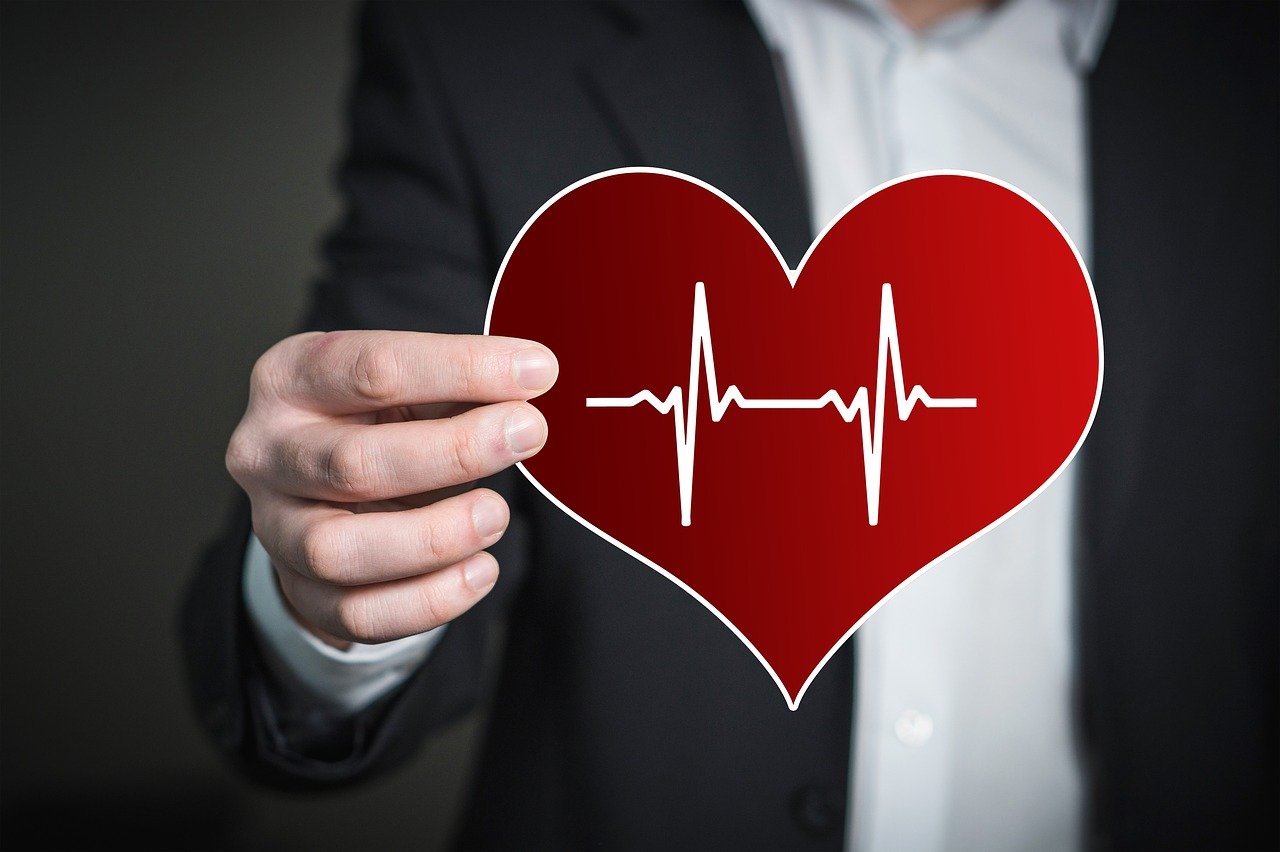HDL cholesterol (high-density lipoprotein cholesterol), or “good cholesterol” is known for causing less risk to our heart. It is considered good because it transports cholesterol deposited in the arteries to the liver to be eliminated.
On the other hand, “bad cholesterol,” LDL (low-density lipoprotein cholesterol), which causes cholesterol to accumulate in the arteries and increases cardiovascular risk.
Although drugs that lower LDL cholesterol reduce cardiovascular risk, those that raise good cholesterol have not proven effective in reducing the risk of heart disease. This paradox has called into question the relationship between good cholesterol and cardiovascular risk.
A study led by the Hospital del Mar Medical Research Institute (IMIM), published in the journal Metabolism, Clinical and Experimental, has examined the characteristics of HDL or good cholesterol particles.
Researchers from the CIBER on Cardiovascular Diseases (CIBERCV), the CIBER on Obesity and Nutrition (CIBEROBN), and the CIBER on Epidemiology and Public Health (CIBERESP), as well as others from Hospital Clínic-IDIBAPS, IDIBELL, the Hospital de la Santa Creu i Sant Pau Research Institute, and the Hospital Clínico Universitario in Zaragoza have arrived at the conclusion that not all good cholesterol is healthy.
In the work, the researchers analyzed genetic characteristics that determine the size of good cholesterol particles, and then studied their relationship with the risk of myocardial infarction. The conclusion is that genetic characteristics linked to the generation of large good cholesterol particles are directly associated with a higher risk of heart attack, while features linked to small good cholesterol particles are related to a lower risk of heart attack.
YOU MAY LIKE TO READ: Importance Of Cholesterol Screenings For A Healthy Heart
“There is a positive causal relationship between the size of HDL cholesterol particles and the risk of heart attack, so although we have to increase the levels of good cholesterol in the blood, they must always be small particles,” explains the study’s principal investigator, Dr. Robert Elosua, a researcher at the Hospital del Mar-IMIM, CIBERCV, and the University of Vic-Central University of Catalonia (UVic-UCC).
The good cholesterol particles are more effective in transferring cholesterol to the liver so that it can be eliminated. “If we need to do something in relation to HDL, it is to increase the number of small particles, which are those that adequately perform the function of eliminating cholesterol, those that really move it to the liver for removal, and do not allow it to accumulate in the arteries and cause cardiovascular disease,” says Dr. Álvaro Hernáez, a IDIBAPS and CIBEROBN researcher.
Currently, there are no drugs that increase good cholesterol levels and reduce the risk of cardiovascular disease.
LDL and HDL Cholesterol
- LDL (low-density lipoprotein), sometimes called “bad” cholesterol. It makes up most of your body’s cholesterol. High levels of LDL cholesterol raise your risk for heart disease and stroke.
- HDL (high-density lipoprotein), or “good” cholesterol, absorbs cholesterol and carries it back to the liver. The liver then flushes it from the body. High levels of HDL cholesterol can lower your risk for heart disease and stroke.











